Diving Ducks
Diving ducks mainly feed by diving beneath the surface of the water. Diving ducks are mostly gregarious and
mainly found on fresh water and estuaries. They are strong fliers but have difficulty taking off, having to run
across the water to gain take off speed.
Diving ducks have their legs further back on their bodies than dabbling ducks to help propel them when
underwater, though this restricts their ability to walk on land.
Diving Duck Comparisons
Some Diving Ducks are very similar to each other and to help aid identification the following comparisons have been made, click images to view:-






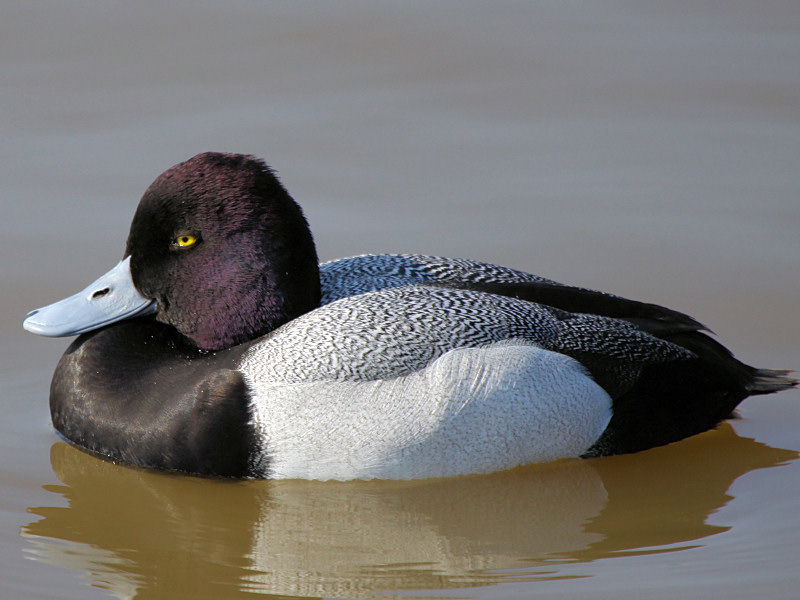


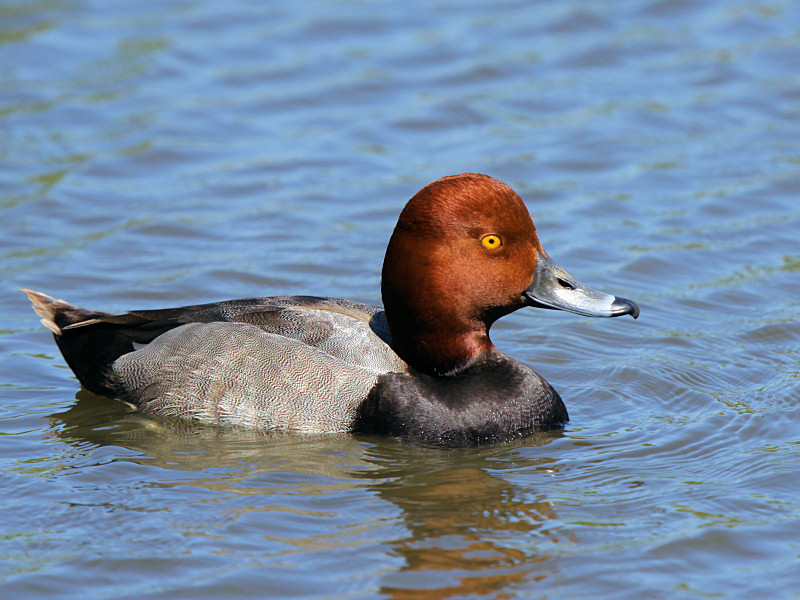
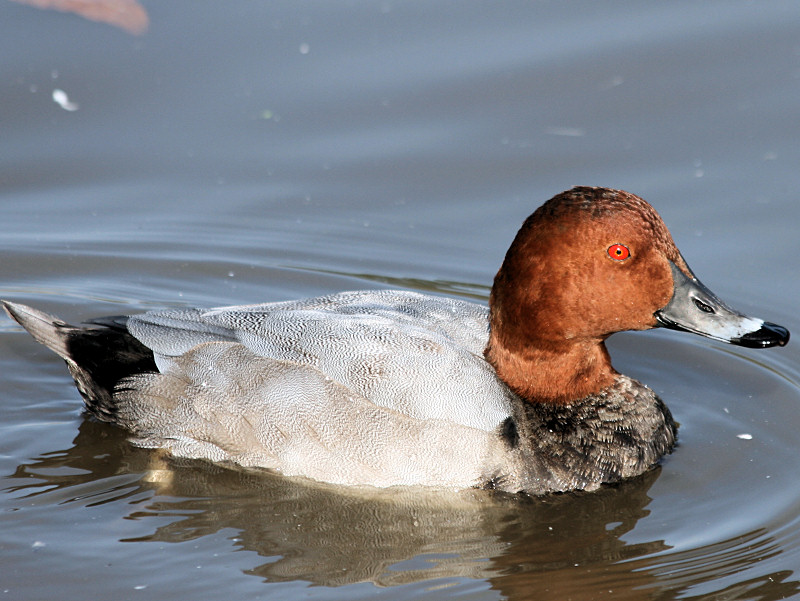

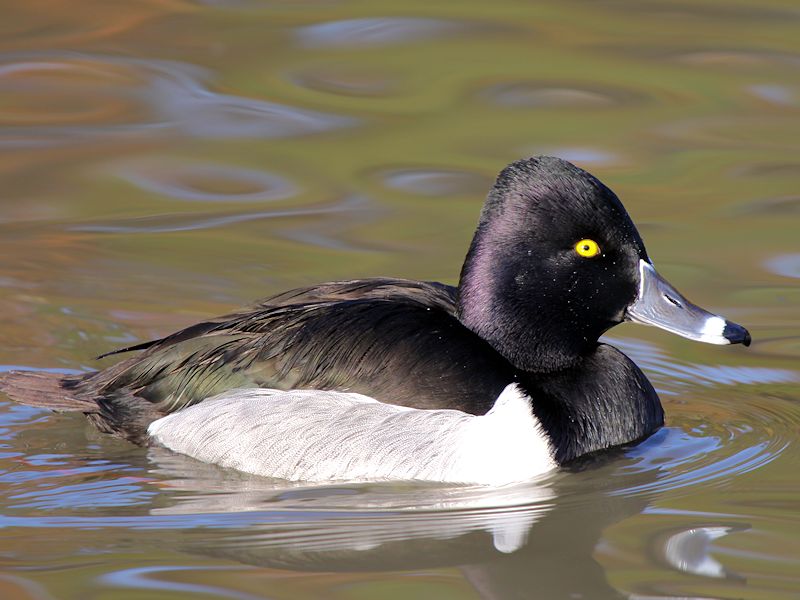
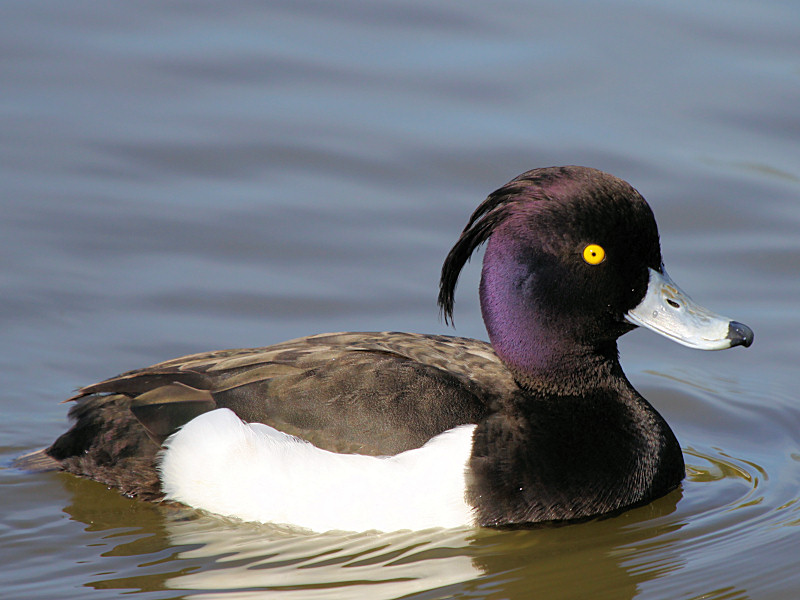






 Baer's Pochard
Baer's Pochard Canvasback
Canvasback Ferruginous Duck
Ferruginous Duck Greater Scaup
Greater Scaup Hardhead
Hardhead




 Lesser Scaup
Lesser Scaup Marbled Teal
Marbled Teal Pochard
Pochard Red-Crested Pochard
Red-Crested Pochard Redhead
Redhead




 Ring-Necked Duck
Ring-Necked Duck Rosybill
Rosybill Southern Pochard
Southern Pochard Tufted Duck
Tufted Duck